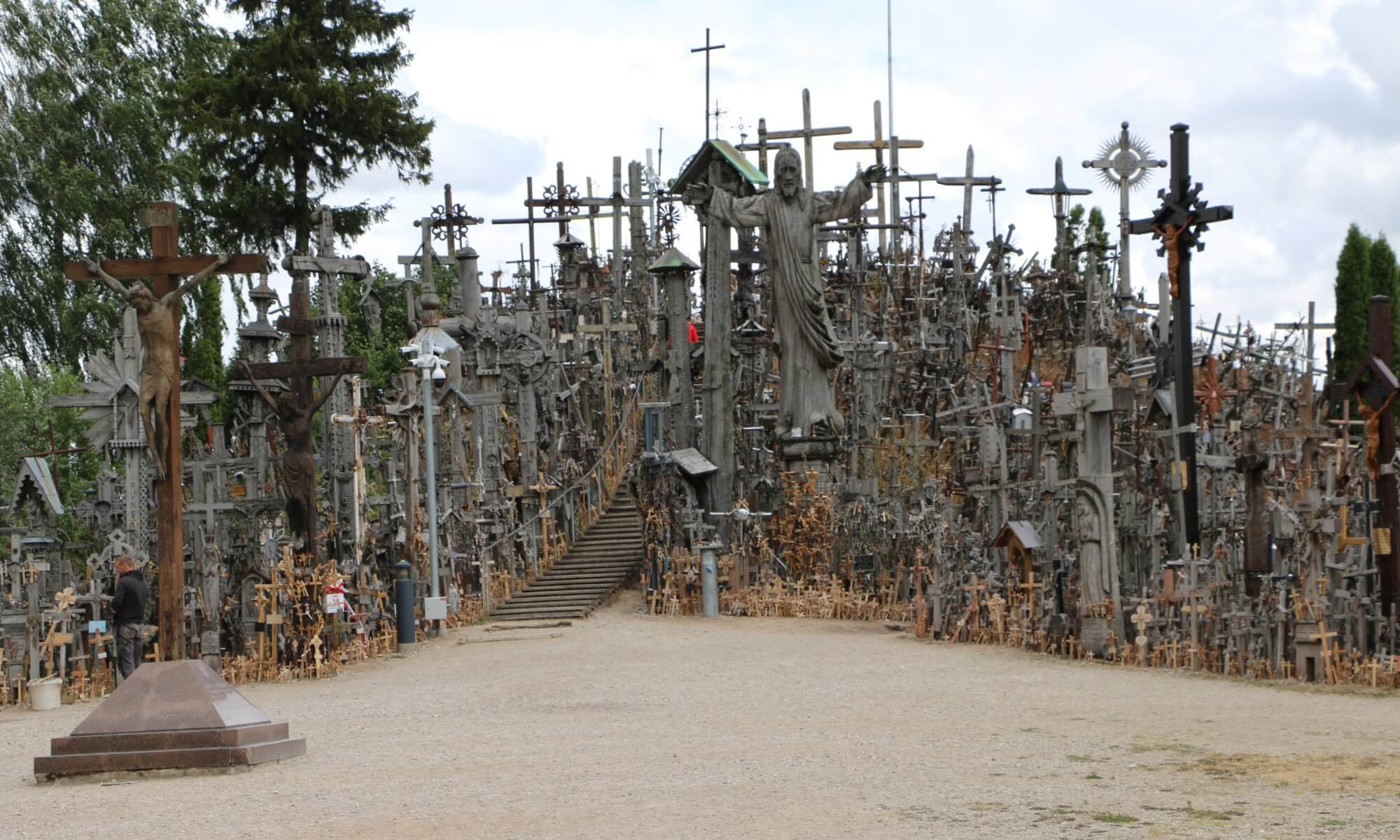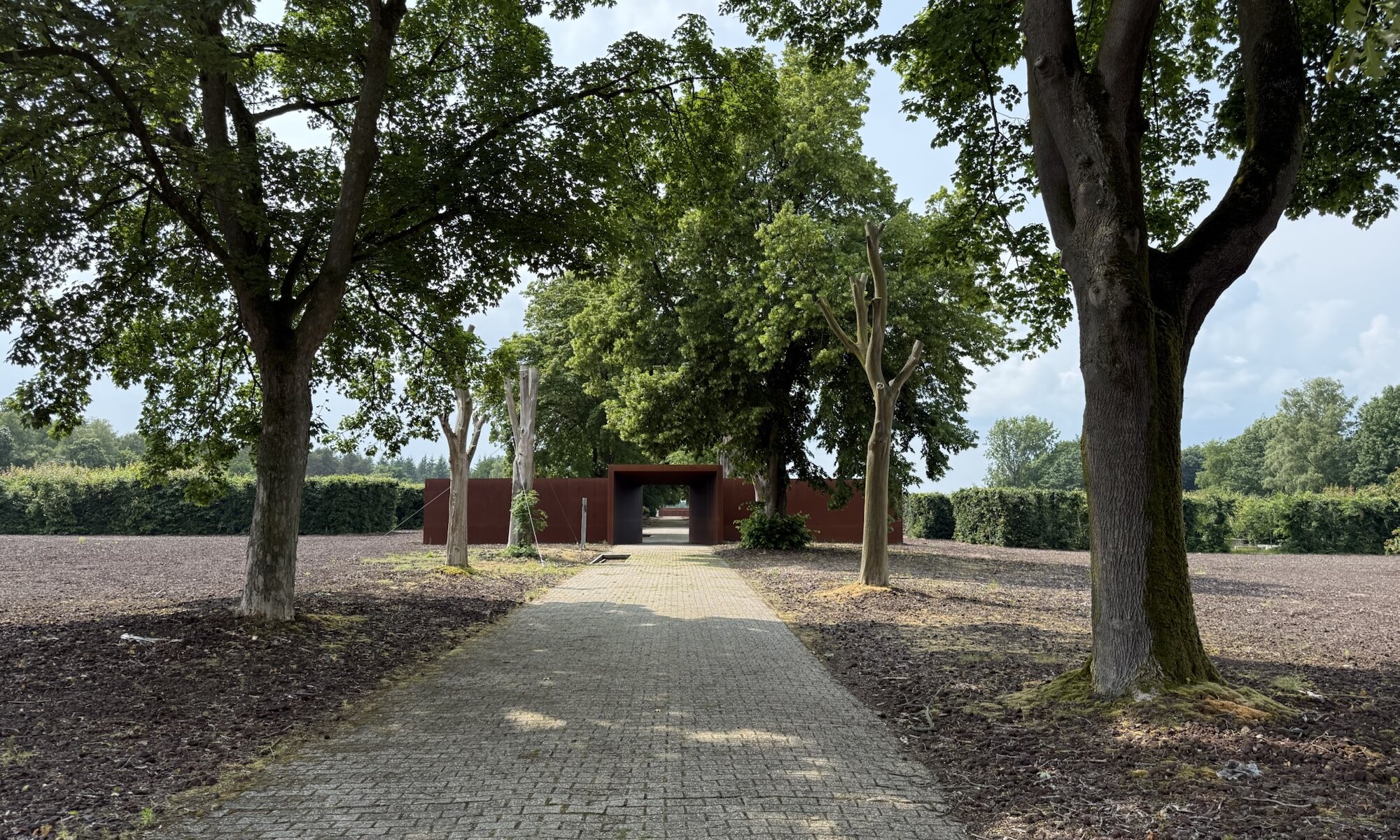The Emslandlager were a network of 15 camps established by the Nazi regime in the Emsland and Bentheim regions of northwestern Germany. These camps, including the notable Esterwegen camp, were constructed from 1933 and served various functions over time: they started as concentration camps for political prisoners, then became punitive and prisoner-of-war camps, and later housed a mix of convicts, forced laborers, and military prisoners. The camps were notorious for their harsh conditions and forced labor, particularly the draining and cultivation of the surrounding moorlands, which became a symbol of the inmates’ suffering and resilience.

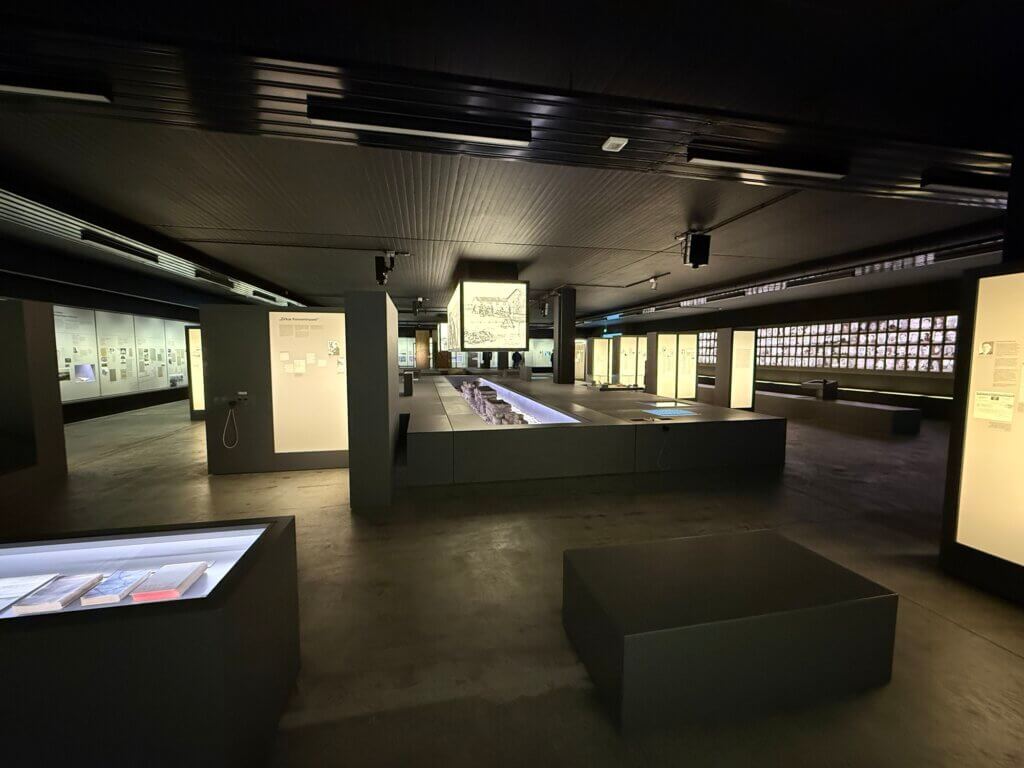
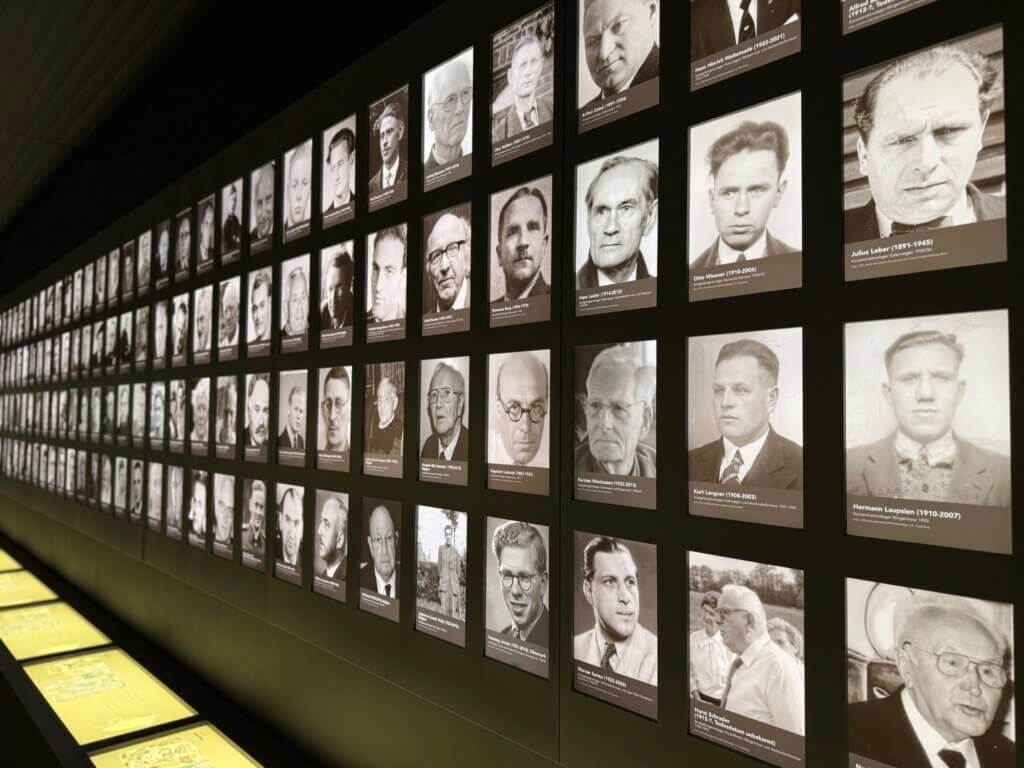
Esterwegen itself is particularly significant in German history as one of the first concentration camps built from scratch by the Prussian state, alongside Börgermoor. Initially, it held political prisoners—mainly opponents of the Nazi regime—who were detained in so-called ‘protective custody‘. The camp later came under SS control and continued to operate as a concentration camp until 1936, after which it was repurposed for penal and military prisoners. Among its inmates was Carl von Ossietzky, a Nobel Peace Prize laureate, whose imprisonment drew international attention to the brutality of the Nazi system.
Over the years, the Emslandlager system interned a wide range of people: political dissidents, Jews, Jehovah’s witnesses, homosexuals, so-called ‘habitual criminals‘, and, during the war, thousands of prisoners of war from across Europe. The camps also held resistance fighters from France, Belgium, and the Netherlands, especially under the ‘Nacht und Nebel‘ (‘Night and Fog‘) decree, which aimed to make opponents of the regime disappear without a trace. The scale of suffering was immense—tens of thousands died from starvation, exhaustion, disease, or were executed.
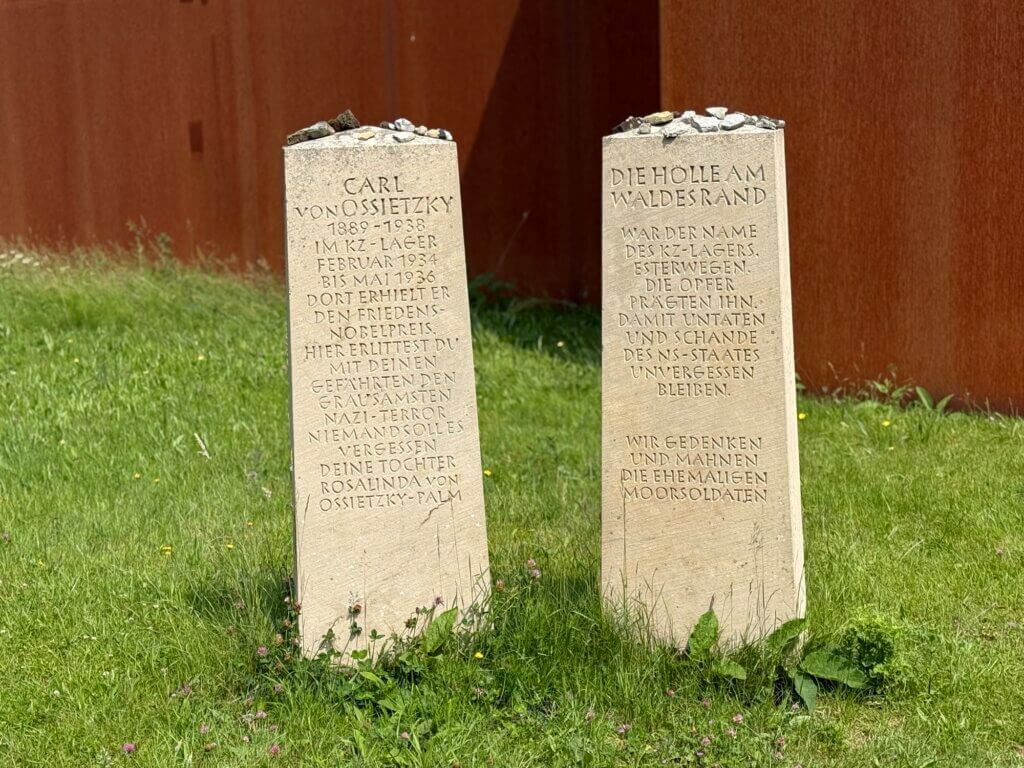

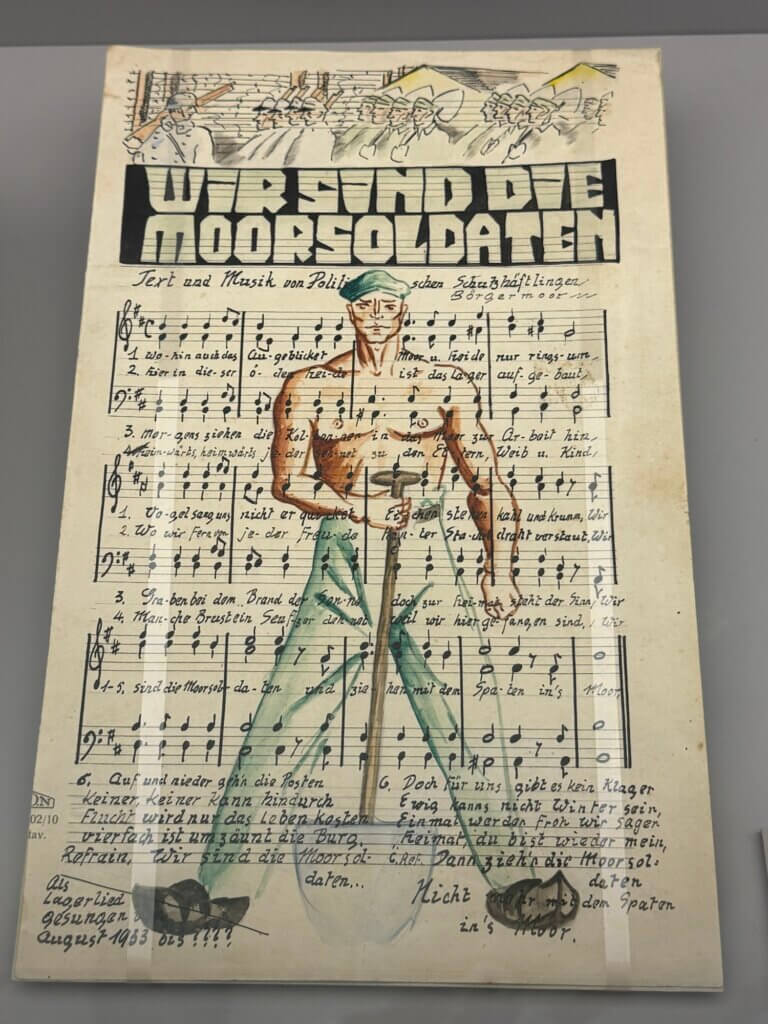
Today, the Gedenkstätte Esterwegen serves as a major memorial and educational center, commemorating all victims of the Emslandlager. It stands out as a European site of remembrance, not only for its historical significance but also for its role in promoting human rights and democratic values. The memorial preserves traces of the original camp and offers exhibitions that document both the Nazi-era atrocities and the complex postwar history of the site, ensuring that the lessons of the past remain relevant for future generations. Minibus 977 operates every two hours between the railway station of Papenburg and the memorial site.
Gedenkstätte Esterwegen
Esterwegen
Germany
Loading map...

